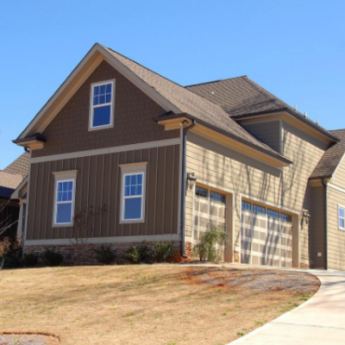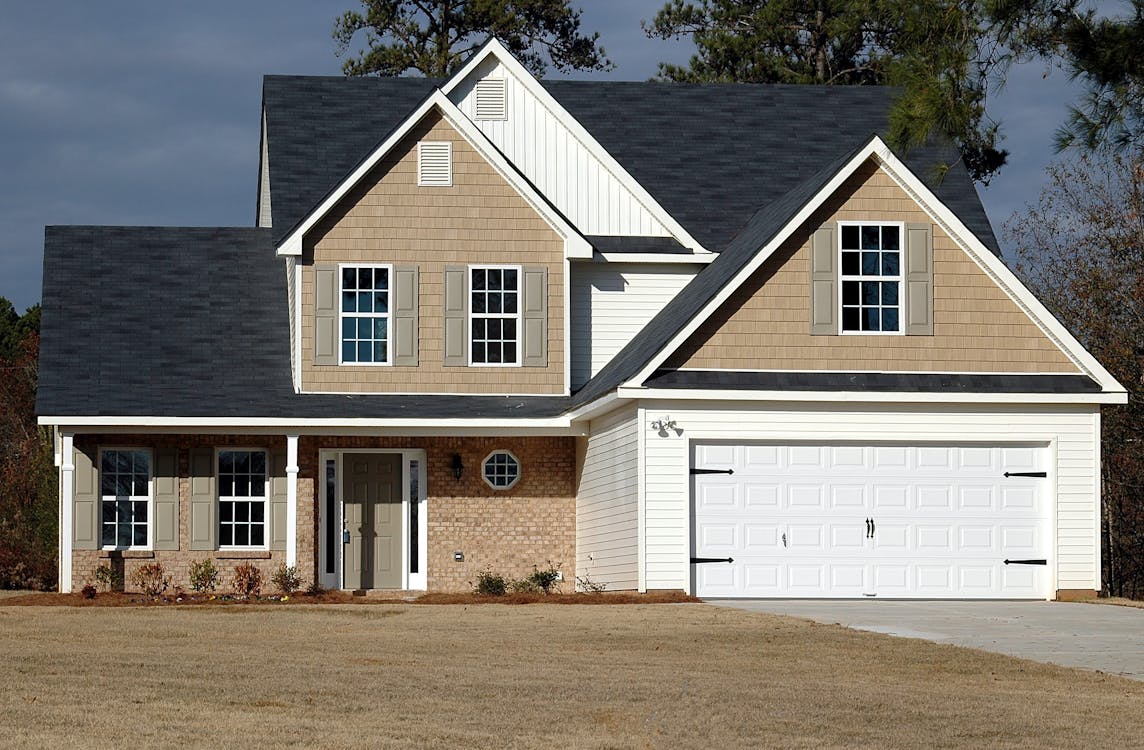Why Build-to-Rent (BTR) is the Next Big Thing in Real Estate Investment

Although real estate is a stable market, trends often change any other industry.
Thus, savvy investors that can stay ahead of the curve are more likely to reap the most rewards.
Hence, many owners realize the importance of hiring a full-service property management company that can efficiently guide them.
This article looks at one of the latest rental trends sweeping the market. Here, we’ll dive into why build-to-rent (BTR) is the next big thing in real estate investment.
Additionally, we’ll explore some of the reasons driving this trend and how you can get a piece of the action.
What is Build-to-Rent?
Before a house becomes a rental, it typically goes through years of ownership. Thus, most tenants live in buildings as old as twenty years or more.
On the other hand, as the name implies, Build-to-rent homes are new buildings constructed specifically for renting.
They’re typically single-family homes that might form part of a complex in a gated community.
As a result, they’ve become one of investors’ most popular home building trends.
Another factor distinguishing them from traditional rentals is that developers often sell individual homes to property owners rather than an HOA. Consequently, residents are free from the burden of HOA taxes and other similar expenses.
Reasons Driving the Demand for New Homes
● Decreased Inventory
If you were an owner looking to sell your house at a great price, the post-pandemic housing boom may bring huge dollar signs.
However, as demand increased thanks to near-record-low interest rates, there was not enough inventory to go around.
Many new buyers were forced out of the race due to high prices and bidding wars. Unfortunately, they also found that the rental market is facing the same high demands.
Investors have also found finding a deal difficult, meaning build to rent is not only an attractive option but also a necessary consideration.
● Demographic Changes
Another reason driving the demand for new homes is a recent change in demographics.
As more millennials and Gen Z members gain financial independence, more prospective tenants are in the market.
More so, with the recent shift towards remote or hybrid work, more people are free to seek homes in the suburbs.
Thus, there’s much more pressure on the housing market to accommodate an ever-expanding demand.
● Financing
Whether you’re a newbie or a seasoned investor, you can easily acquire financing for an SFU.
Thus, the availability of funds also drives the rush for BRT homes. Even people with bad credit can secure a loan for a house, knowing the increased rent can pay off their higher interest rates.
Ways to Invest in BTR Homes
● Become a Limited Partner
It would help to capitalize on opportunities such as real estate syndication to become a limited partner.
Usually, developers have to take a loan from the bank to start construction.
However, they still need a substantial amount of equity. That provides an opportunity for investors to become limited partners by putting up some of the funding. In return, you earn some ownership of the newly developed houses.
● Sign a Deal with a BTR developer
Although, you can bypass real estate syndication and purchase units from a BTR developer.
Instead of putting up equity at the beginning of construction, you can meet with a developer when the homes are complete.
If you position yourself correctly, you might be able to find someone to pre-sell you multiple units at a great price.
● Invest in REITs
If you’re short on cash, it would be best to opt to buy REITs. These would be the equivalent of purchasing stocks but in real estate.
Thus, although you might not reap the direct rewards, you would still earn from this growing trend.
● Start a BRT Community
Finally, you can build it yourself if you’d like to break into the BRT market without relying on anyone.
This option is highly profitable as it allows you to earn as a developer and an investor.
Although, acquiring funding for such a substantial project would be more complex than buying a unit. However, it’s worth looking into if you’re more financially buoyant.
Pros and Cons of Investing in Build-to-Rent Homes
»Pros
- Higher Rent
Since BTR houses are new and in excellent condition, tenants are often willing to pay higher.
Many families and young professionals see it as a worthy investment because these homes require significantly less frequent repairs.
Thus, both parties can save on maintenance.
- Lower Tenant Turnover
The subsequent effect of build-to-rent homes being in high demand is that there’s a lower tenant turnover.
In other words, you can bank on lower vacancy rates. Besides, tenants are more likely to stay in your rental when it’s still in good condition. That often means an extended tenancy agreement.
- Ease of Funding
Another benefit of investing in BTR homes is the ease of funding. Instead of waiting years to buy your first property, you can quickly get a loan.
Alternatively, there are other means through which you can invest and still get a high return on investment.
»Cons
- High Upfront Cost
Despite the ease of funding, there’s no denying BTR homes are significantly more expensive than other rentals. After all, these houses are often in mint condition with no previous occupants to their name.
- Long-term Investment
As a result of the high upfront cost, investors in build-to-rent homes need to have long-term commitment insight.
Although this trend is promising, you have to be willing to put in the time and effort to see it through. Thus, if you’re not the patient type, this delay in reward might not be for you.
Conclusion
We hope this article has sufficiently explained why build-to-rent (BTR) is the next big thing in real estate investment.
Savvy investors are seizing the opportunity to buy into this market because of the increased liquidity, demography shifts, and availability of financing.
Even if the last point is a problem for you, there are still ways you can invest in BTR homes.
If you’re strapped for cash, you can choose to buy REITs. Although, if you’d like a more significant return, you can start a community or contact a developer directly.
Whatever you decide to do, you must carefully weigh the pros and cons. On the one hand, you can earn higher monthly rent and deal with lower vacancies.
However, if you spend too much on acquiring the property, you could struggle to break even. It would be best if you considered hiring an expert property management company that can help you make profitable decisions.
Read Also:















Leave A Reply